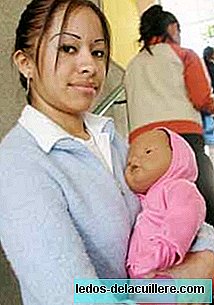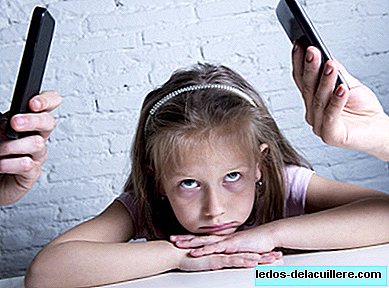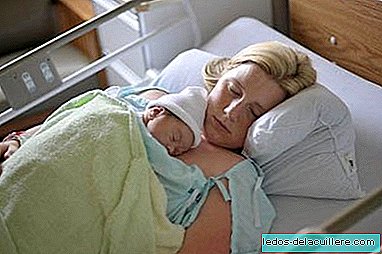
I constantly read in the news that in some countries, mainly in Mexico, there are programs to reduce the number of unwanted pregnancies in adolescents.
For four or five days each pair of “virtual” parents is given a life-size robot baby that simulates the characteristics of a real baby And he even has different cries.
They must take care of him, feed him, change his diaper, clean him, lull him ... in short, everything parents do to care for their babies.
The baby is connected through a computer that records all the care tracking. If the baby is shaken abruptly, he cries and if he is beaten it automatically shuts off, just as if he does not receive attention for more than two hours.
These are programs that are applied in secondary schools and universities, which is where there is a greater risk of unwanted pregnancies among adolescents.
I consider it an effective measure that should be implemented in other parts of the world. The case of a young Argentine girl who, at 16 years old, is pregnant with triplets for the second time and already had a previous son, that is to say, she will be the mother of 7 children.
I don't know if training with a virtual baby would have served something in this particular case, maybe not, but in general, the system could give satisfactory results, even if they were minimal.
It would help reduce the rate of unwanted pregnancies in children, as well as abortions in adolescents and the risk of abuse in babies. Above all, it would fulfill the objective of making teenagers react about the responsibility of caring for a baby.
There are many advantages that this system of paternity practices could have. It is preferable that teenagers "play" to be parents with dolls before they do it with babies of flesh and blood.












